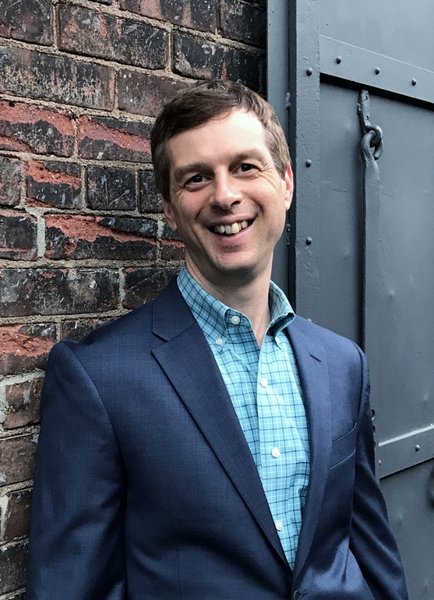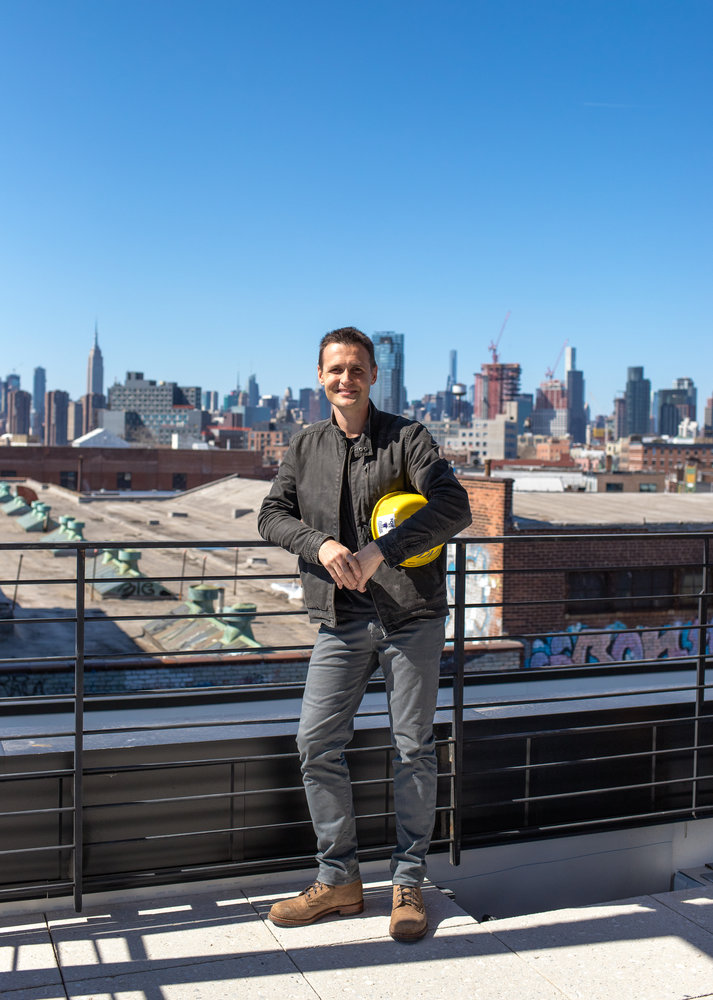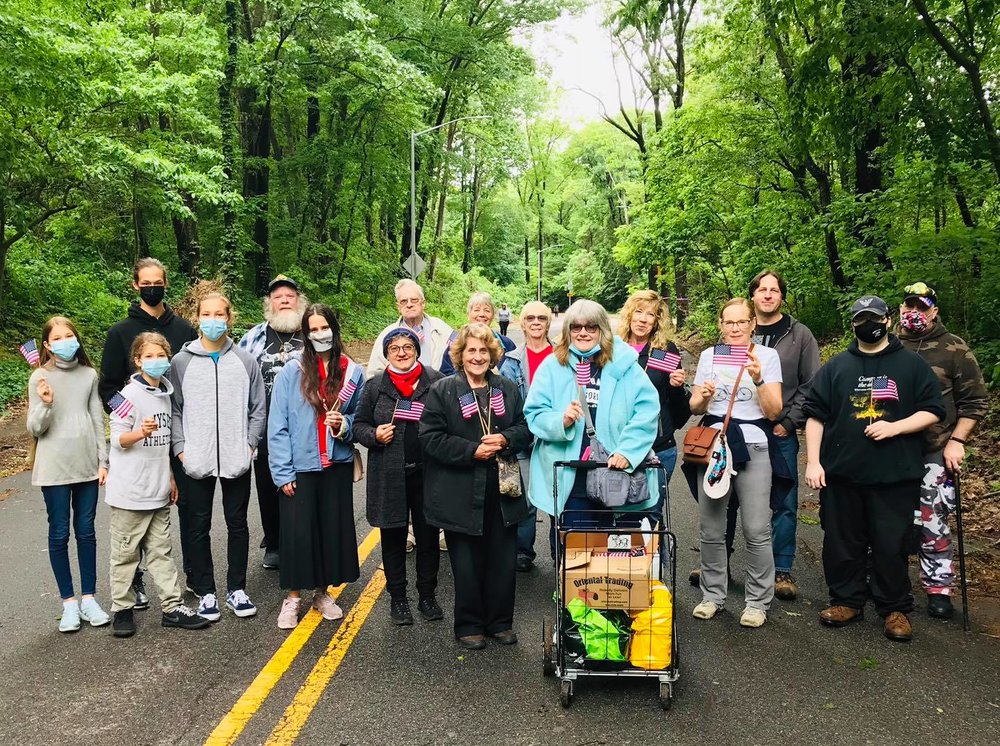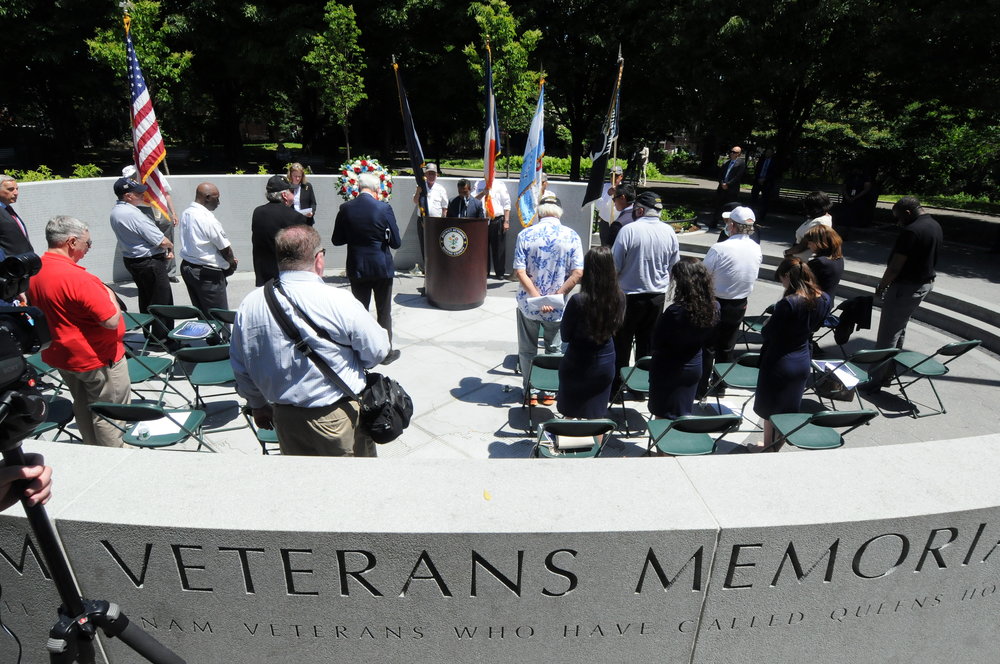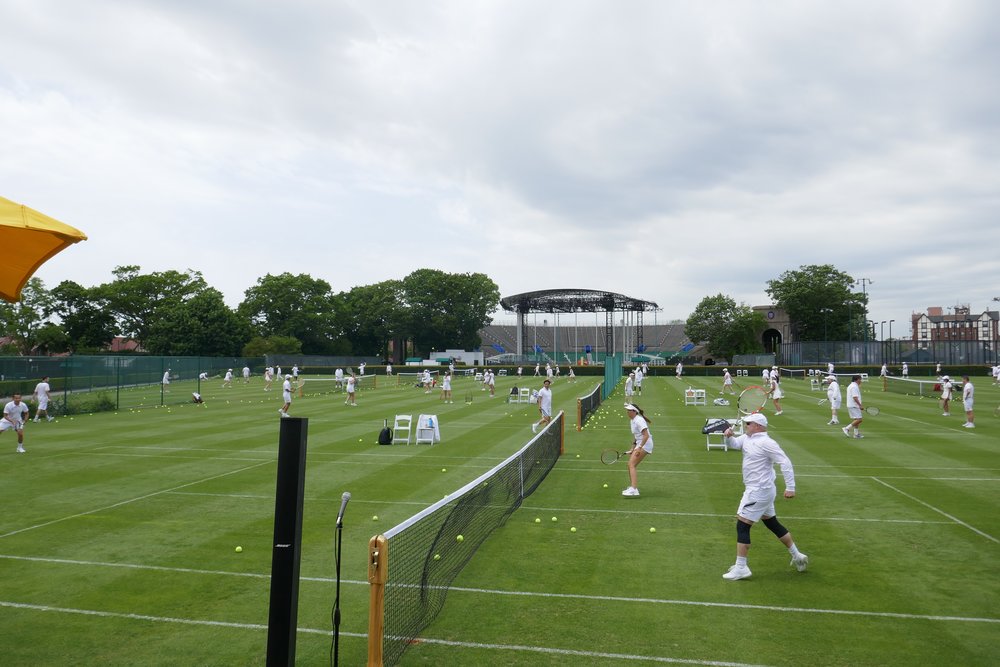Pretty Simple Equation
A little over a week ago, Knicks fans experienced an emotion they haven’t felt in a long, long time in mid-May, unless of course you want to count NBA Draft lotteries.
Knicks fans were re-introduced to the feelings of pain, anguish and heartbreak that sometimes comes with playing postseason basketball in the NBA.
The momentum of the Knicks-Hawks series was dictated in the first game.
Trea Young broke the hearts of Knicks fans and stunned the hostile Madison Square Garden crowd with a game-winning shot with less than a second to play.
Young’s theatrics in embracing the fired up, sold-out Madison Square Garden crowd did not put him in the good graces of Knicks fans, but his statement in the first game of this series was a simple one.
Young’s play basically proclaimed right out of the gate two simple truths in this series: he’s the best player on the floor and there’s not one Knickerbockers player who can stop him.
It’s been painfully obvious watching the first four games of the Knicks-Hawks series that the Atlanta Hawks are the more talented basketball team.
I underestimated the Hawks’ talent going into this series, but the results of the first four games have not been a fluke. Atlanta is more explosive, they are built better for the modern-day NBA, and they clearly have the best player on the floor.
Trea Young has been able to do whatever he has wanted in this series.
He’s gotten to the rack, he’s finished around the basket, he’s set his teammates up and he’s hit a ton of outside shots.
Young has left his mark in this series while Julius Randle, the best player on the Knicks, has not.
Randle’s play has not come close to resembling the excellence he displayed on the court throughout the regular season.
He has been inefficient and looks uncomfortable going up against Atlanta’s defense so far in this series.
The Knicks relied on Julius Randle all season and he delivered an incredible season. But the NBA’s Most Improved Player has not looked like that so far in this series.
So when you ask why the Knicks are one game away from elimination, the answer is pretty simple: Atlanta’s more talented and their best player has outperformed the best player on the other side of the court.
Sadly for Knicks fans, the equation is a lot more complicated when it comes to figuring out a way back in this series.
You can listen to New York, New York every Sunday, Tuesday and Thursday nights on The Ringer Podcast Network on Spotify and Apple. You can also listen to our postgame shows with live callers on the Locker Room App after Game 5 Wednesday and after Game 6 if necessary on Friday.


